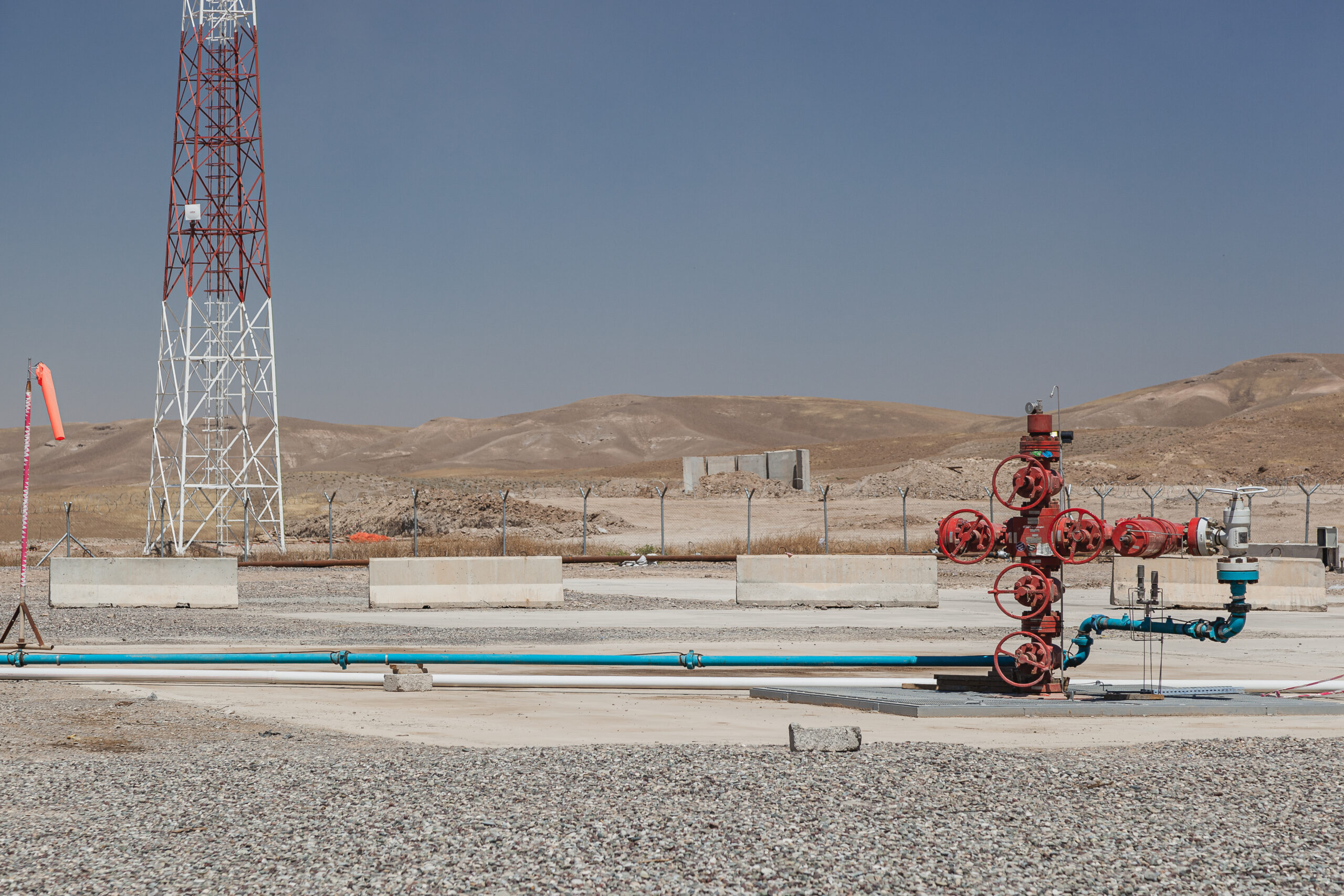South Africa turns to gas to ease energy shortages
Several natural gas projects are under development in South Africa as the country seeks to ease energy shortages and reduce its dependence on coal, but there are calls for more renewables to be added to the energy mix.

Various natural gas projects are under development in South Africa. This comes as the country seeks to ease chronic energy shortages and reduce its dependence on coal.
However, any fossil fuel projects inevitably run into opposition from environmental groups and others, who argue that the efforts should focus on building out renewable capacity instead. This makes it more challenging for fossil fuel projects to go ahead, as demonstrated by Shell’s ill-fated attempts to explore for oil and gas off South Africa’s Wild Coast.
“South Africa is actively exploring opportunities in the natural gas and LNG sectors to address its chronic energy shortages, which are exacerbated by load-shedding issues that hamper economic growth,” Joshua Newton, an industry analyst at BMI, a Fitch Solutions Company, told Gas Outlook. “The country is attempting to tap into its domestic oil and gas resources by auctioning exploration blocks for shale gas, with a focus on the Orange Basin and the Karoo region. However, legal challenges and environmental concerns, such as those that halted Shell’s exploration activities, have created significant risks for investors and companies interested in South Africa’s upstream ambitions.”
Nonetheless, rolling blackouts known as load-shedding have become significantly more frequent in recent years and the country is under pressure to diversify its energy mix as quickly as possible and strike a balance between energy security and decarbonisation.
Gas projects
Despite the levels of investor risk, various gas projects have been making progress recently in South Africa. Some of these are small in scale, but nonetheless the hope is that they will make a contribution to the country’s energy security. Projects in the news recently include Kinetiko Energy’s exploration efforts in Mpumalanga Province, where the company’s first core hole of 2024 found indications of substantial gas potential. As of early March, hole and wireline logging was underway, with Kinetiko planning to drill two more core wells within the same exploration licence this year.
Simultaneously, Kinetiko is pursuing the potential joint development of onshore LNG together with Industrial Development Corp. (IDC) on a neighbouring licence. That initiative aims to generate 50 MW of gas-equivalent energy initially, later expandable to 500 MW.
On a larger scale, progress is also being made to establish LNG imports for South Africa. In January, a Vopak-led consortium was selected as the preferred bidder to develop and operate an LNG terminal at the Port of Richards Bay. The terminal, which would be the first of its kind in South Africa, is being targeted for start-up in 2027.
These efforts are in line with expectations that domestic and imported gas could help the country in its efforts to bolster energy security while reducing its dependence on coal.
“Gas-to-power will be required not just to secure energy supply but to enable a smoother transition by supporting the outgoing coal capacity,” Nivedh Thaikoottathil, a renewables and power analyst at Rystad Energy, told Gas Outlook. “Currently, coal dominates South Africa’s power generation mix, with a share for 80%,” he said.
Part of the challenge for South Africa, however, is that as a result of the country’s energy shortages, the government is planning to slow the retirement of coal-powered generation capacity in an effort to ease load-shedding. As a result, Thaikoottathil expects coal to continue dominating the country’s power mix this decade.
Renewables
Against this backdrop, there have been calls to expand the role of both renewables and gas in South Africa’s energy mix.
According to Thaikoottathil, about 2 GW of renewable projects reached financial close in 2023 and 5.8 GW of renewable capacity is expected to come online over 2024-28. He noted that the country experienced an “unprecedented” surge in rooftop solar photovoltaic (PV) installations amidst load-shedding, with capacity doubling to 5.2 GW between December 2022 and 2023.
“All in all, the future of renewables looks good in South Africa, however the country must address grid constraints to add more renewable capacity,” Thaikoottathil said. He added that bidding under the last round of South Africa’s Renewable Energy Independent Power Producers Procurement Programme (REIPPPP) saw limited success “predominantly due to grid constraints”, with only six out of 56 bids submitted obtaining preferred bidder status.
“Additional intermittent capacity would be required to lower South Africa’s coal-based capacity, however, this would require more battery or gas-based capacity, for when solar and wind is not available,” Thaikoottathil said, adding that combined-cycle gas power plants can be used to meet both baseload and peak power demand.
Indeed, the South African government agrees that there is a need for more gas-to-power capacity and has initiated the country’s first bid window under the Gas Independent Power Producers Procurement Programme (GASIPPPP), closing in August 2024.
This comes at the same time as the government is exploring ways to make South Africa’s upstream sector more attractive to investors. In late 2023, South Africa’s Parliament passed the Petroleum Development Bill, designed to separate oil and gas legislation from that governing the mining industry.
“This is part of a broader strategy to enhance energy security and transition away from an over-reliance on coal,” said BMI’s Newton. “South Africa’s energy transition efforts are further influenced by the substantial discoveries in neighbouring Namibia’s offshore oilfields, highlighting the potential benefits of successful exploration and development. These moves indicate South Africa’s commitment to diversifying its energy mix and securing a more stable energy future, while also grappling with the complexities of environmental stewardship and regulatory frameworks.”



